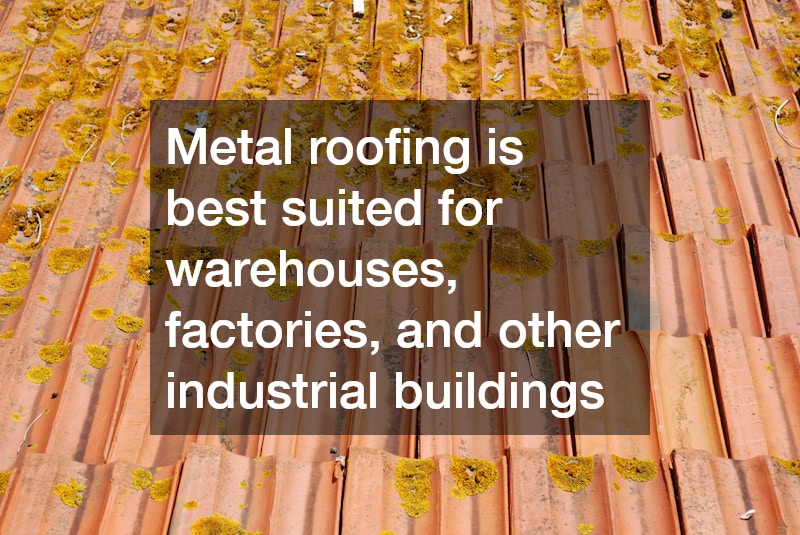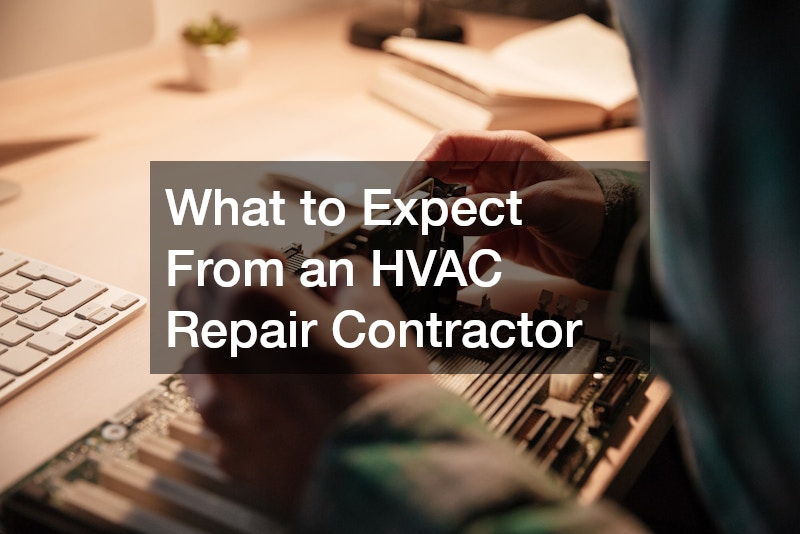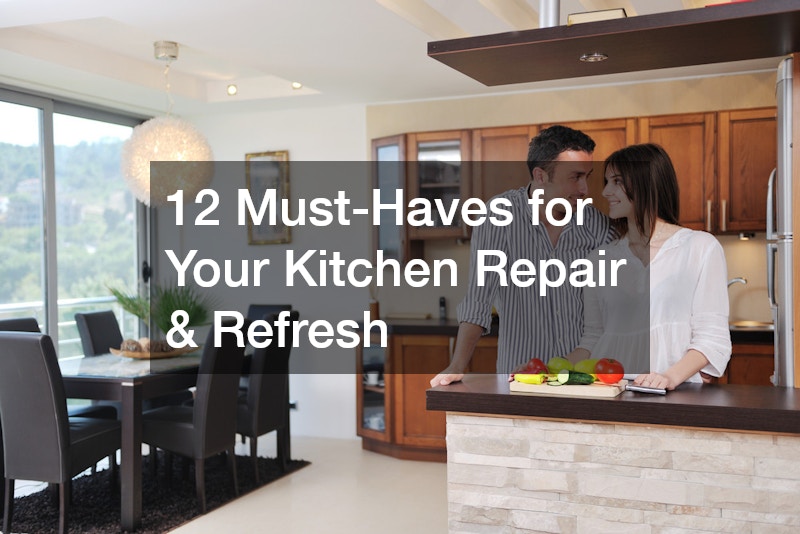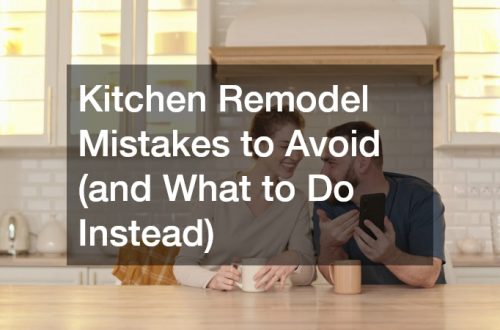
When it comes to protecting commercial buildings, choosing the right roof type is critical. Commercial roofing contractors offer a range of roofing systems tailored to withstand the wear and tear of industrial or high-traffic settings, provide energy efficiency, and minimize maintenance costs. Below, we explore five popular roof types that expert commercial roofing contractors commonly recommend, including their benefits, drawbacks, and best use cases.
1. Metal Roofing
Metal roofing is a popular choice among professional roofing contractors for commercial buildings, thanks to its durability and longevity. Made from materials such as aluminum, steel, or zinc, metal roofs can last 40 to 70 years with minimal maintenance. They’re highly resistant to weather conditions like high winds, hail, and heavy rain, making them ideal for regions with extreme weather.
Benefits:
- Long lifespan and durability
- Minimal maintenance requirements
- Fire-resistant and energy-efficient (reflective surfaces reduce cooling costs)
Drawbacks:
- Higher initial installation cost
- Susceptible to dents from hail or heavy impacts
- Noise levels can be high during rain or hailstorms
Best Uses:
Metal roofing is best suited for warehouses, factories, and other industrial buildings that need a durable, low-maintenance solution. Roofing contractors also recommend metal roofs for buildings in regions prone to harsh weather.
2. Built-Up Roofing (BUR)
Built-up roofing (BUR) is a traditional roofing type that’s been widely used for low-slope roofs. It consists of multiple layers of bitumen and reinforcing fabrics, providing a sturdy and waterproof surface. Roofing contractors appreciate BUR for its reliability and versatility in adapting to different building requirements.
Benefits:
- Provides excellent waterproofing
- Offers durability and resistance to foot traffic
- Insulating properties help regulate building temperature
Drawbacks:
- Installation can be labor-intensive and time-consuming
- Heavy material load; may require structural support
- Limited to flat or low-slope roofs
Best Uses:
BUR is ideal for commercial buildings with flat or low-slope roofs, such as office buildings or schools. Its layering provides strong protection against leaks and temperature fluctuations, making it a solid choice for buildings with heavy roof traffic.
3. Single-Ply Membrane Roofing (TPO, EPDM, PVC)
Single-ply membrane roofing includes various options, such as TPO (Thermoplastic Polyolefin), EPDM (Ethylene Propylene Diene Monomer), and PVC (Polyvinyl Chloride). Roofing contractors often recommend these options for their flexibility and weather resistance. Each type offers unique properties, but all single-ply membranes are lightweight and easy to install.
Benefits:
- Resistant to UV rays, chemicals, and weather
- Lightweight material reduces structural strain
- Flexible, suitable for flat or low-slope roofs
Drawbacks:
- Susceptible to punctures or tears from debris
- Requires regular maintenance to avoid leaks
- PVC membranes can be costly
Best Uses:
Single-ply membrane roofing is commonly used on office buildings, hospitals, and retail stores due to its ease of installation and energy efficiency. Roofing contractors often recommend TPO for its affordability, EPDM for its durability, and PVC for its chemical resistance.
4. Modified Bitumen Roofing
Modified bitumen roofing is similar to BUR but incorporates polymer-modified bitumen, enhancing its flexibility and resistance to extreme temperatures. This roofing type consists of multiple layers applied in a “torch-down” method or with cold adhesives, providing a secure, waterproof seal.
Benefits:
- High resistance to punctures and tears
- Excellent flexibility in extreme temperatures
- Long-lasting and durable
Drawbacks:
- Can be more expensive than other types
- Installation requires skilled roofing contractors due to the torch-down application
- Limited to flat or low-slope roofs
Best Uses:
Modified bitumen roofing is an excellent choice for buildings with significant foot traffic, such as schools or hospitals, where durability and weather resistance are crucial. Roofing contractors often recommend it for facilities in areas with extreme weather.
5. Green Roofing
Green roofing, or vegetative roofing, is an eco-friendly option that involves installing a waterproof membrane covered with soil and plants. This sustainable roof type offers energy-saving benefits and a unique aesthetic, as well as additional green space for certain commercial properties.
Benefits:
- Reduces energy costs by insulating the building
- Mitigates stormwater runoff
- Enhances air quality and provides green space
Drawbacks:
- High initial installation and maintenance costs
- Requires proper drainage and structural support
- Limited plant variety depending on climate
Best Uses:
Green roofs are popular in urban settings where building owners aim to reduce environmental impact and add green space. Roofing contractors often recommend them for eco-conscious organizations, such as schools, city buildings, or corporate offices.
.






